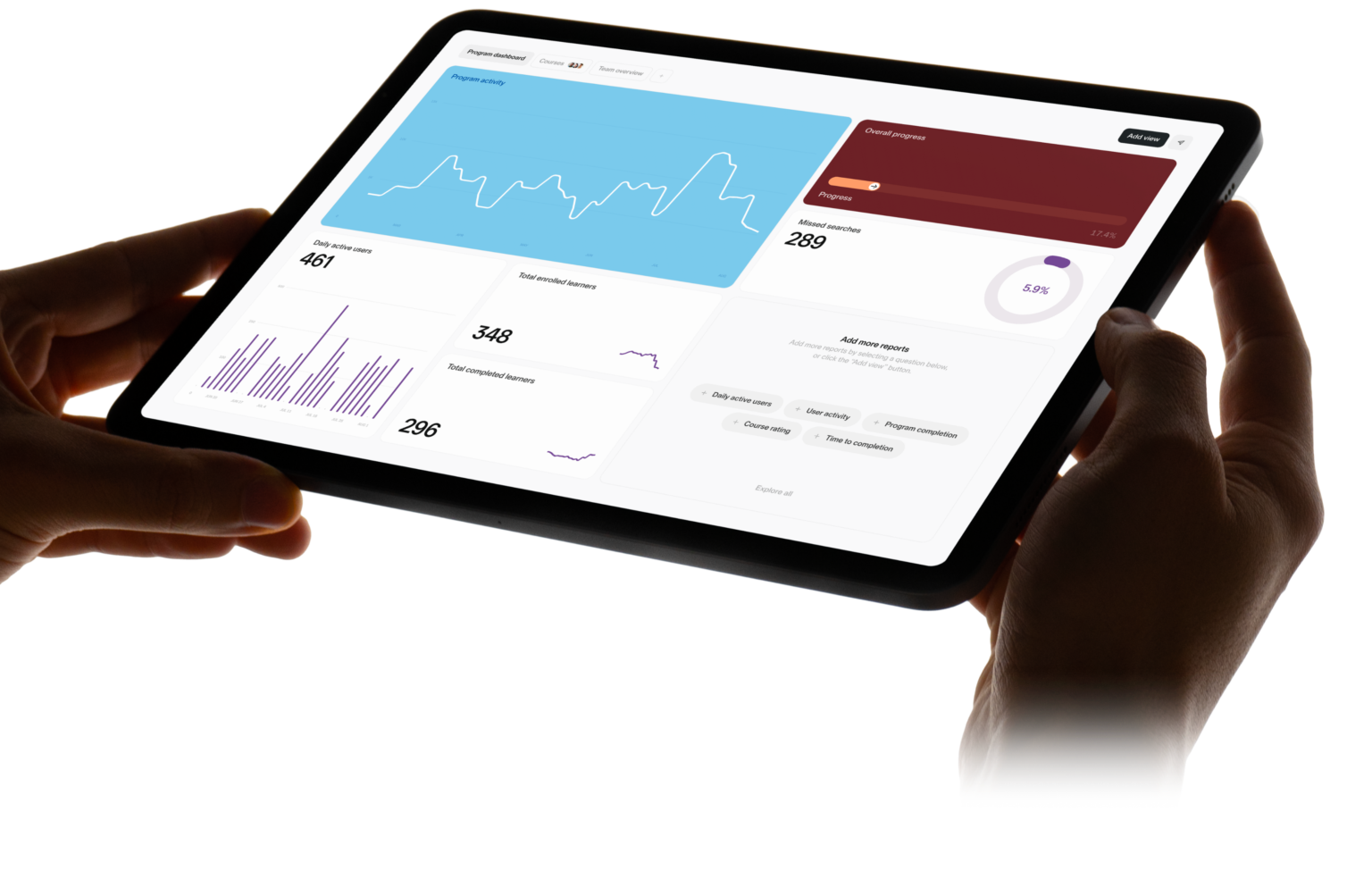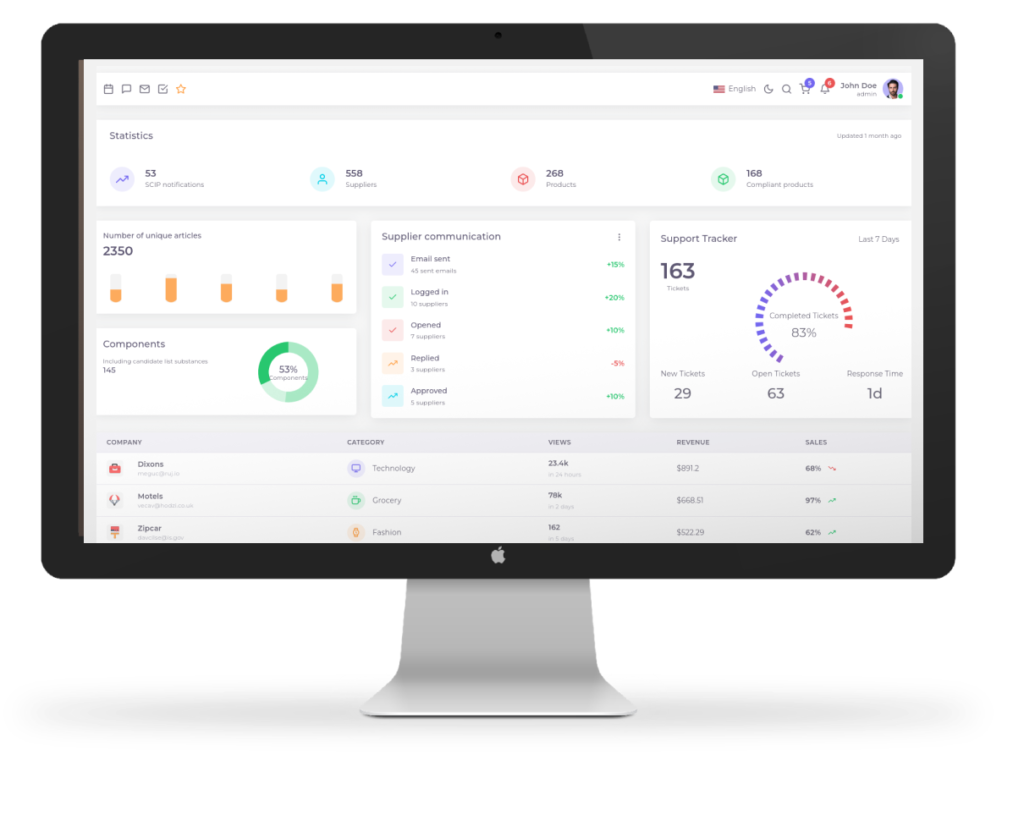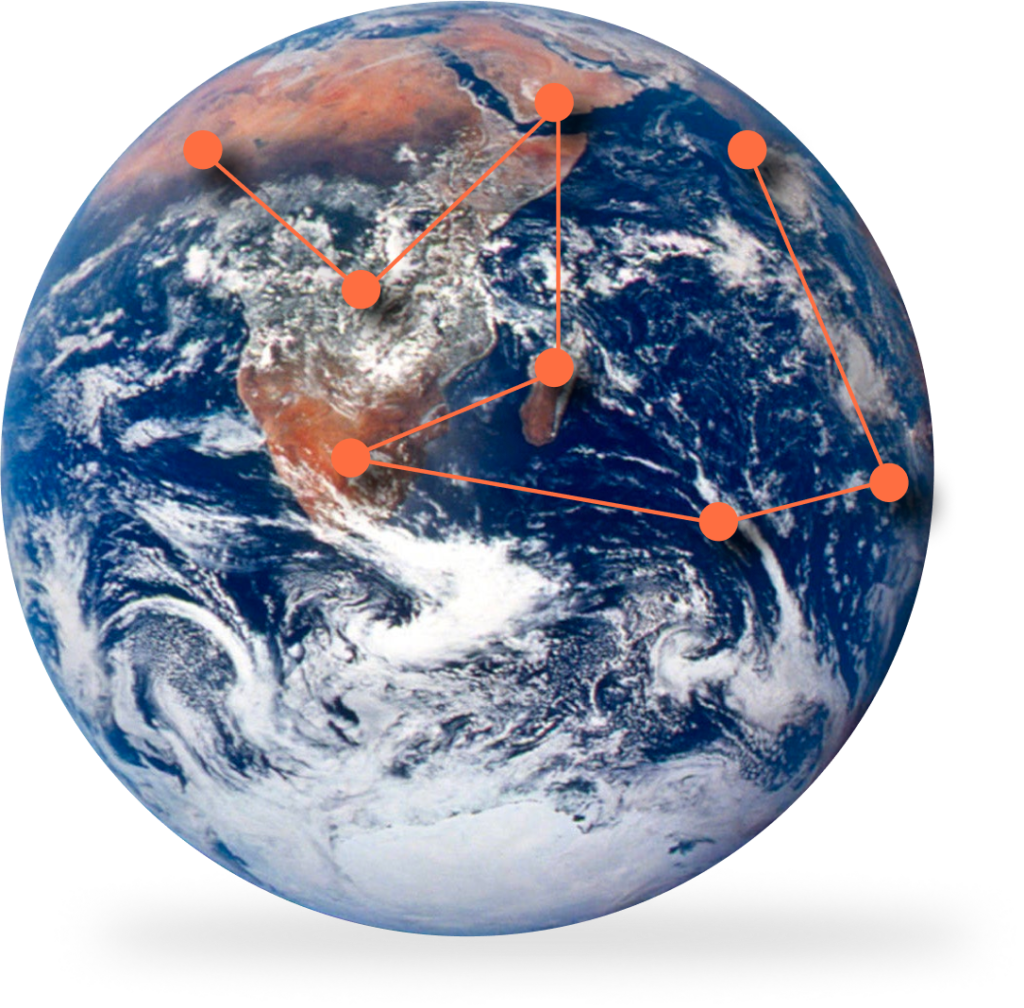On 18 July 2024, the EU’s new Ecodesign Regulation came into effect, marking a significant shift towards more sustainable products in the European market. This regulation gradually replaces the previous directives from 2009 and introduces stricter environmental requirements for a broader range of products.
Key Changes
- Expanded Coverage: The new regulation now covers almost all products sold within the EU, with a few exceptions such as food, pharmaceuticals, and veterinary products. Previously, the focus was solely on energy-related products.
- Digital Product Passport: Every product will now require a digital product passport, containing information on raw materials, manufacturing processes, and environmental impact, making it easier for consumers to make environmentally conscious choices.
- Emphasis on Durability and Recyclability: Greater emphasis is placed on the durability, repairability, and recyclability of products to extend their lifecycle and reduce waste.
- Stricter Rules on Obsolescence and Disposal: New, stricter rules address product obsolescence and the disposal of unsold goods, including restrictions on how these can be managed.
Timeline
The first work plan for the Ecodesign for Sustainable Products Regulation (ESPR) for several prioritised product groups is expected to be completed by April 2025. Deadlines and transition periods for ecodesign measures will be specified in delegated acts, with the first expected around 2026 for certain textiles and steel. With an 18-month transition period, the requirements are anticipated to take effect around 2027/2028.
What Does This Mean for Companies?
If your company markets products within the EU, it’s crucial to begin assessing the impact of the ESPR and stay informed about its implementation. This is particularly important for companies dealing with prioritised products like textiles and steel.
It’s also advisable to familiarise yourself with the new definition of hazardous substances. For the first time, a definition of “substances of concern” is introduced, which has a broader scope than the previous SVHC (Substances of Very High Concern) criteria. This category includes substances that cause chronic aquatic toxicity, are harmful to the ozone layer, cause specific organ toxicity, or negatively affect the reuse and recycling of materials.
Actions for Companies
- Sustainable Product Design: Companies need to prioritise designing products that are more durable, repairable, and recyclable. This involves rethinking material choices, manufacturing processes, and the entire product lifecycle.
- Increased Transparency and Compliance: Companies must enhance transparency by clearly labelling products and providing detailed information on their environmental impact. Adhering to the new regulations will require better oversight of product compliance.
- Collaboration Across the Supply Chain: Companies should collaborate across the entire supply chain to ensure products meet sustainability requirements and develop sustainable solutions in partnership with industry peers.
By taking these steps, your company can lead in sustainability and ensure it is prepared for the new demands imposed by the EU’s Ecodesign Regulation
Read more here:
https://commission.europa.eu/energy-climate-change-environment/standards-tools-and-labels/products-labelling-rules-and-requirements/sustainable-products/ecodesign-sustainable-products-regulation_en?prefLang=sv
https://eur-lex.europa.eu/legal-content/EN/TXT/?uri=CELEX%3A32024R1781&qid=1719580391746



